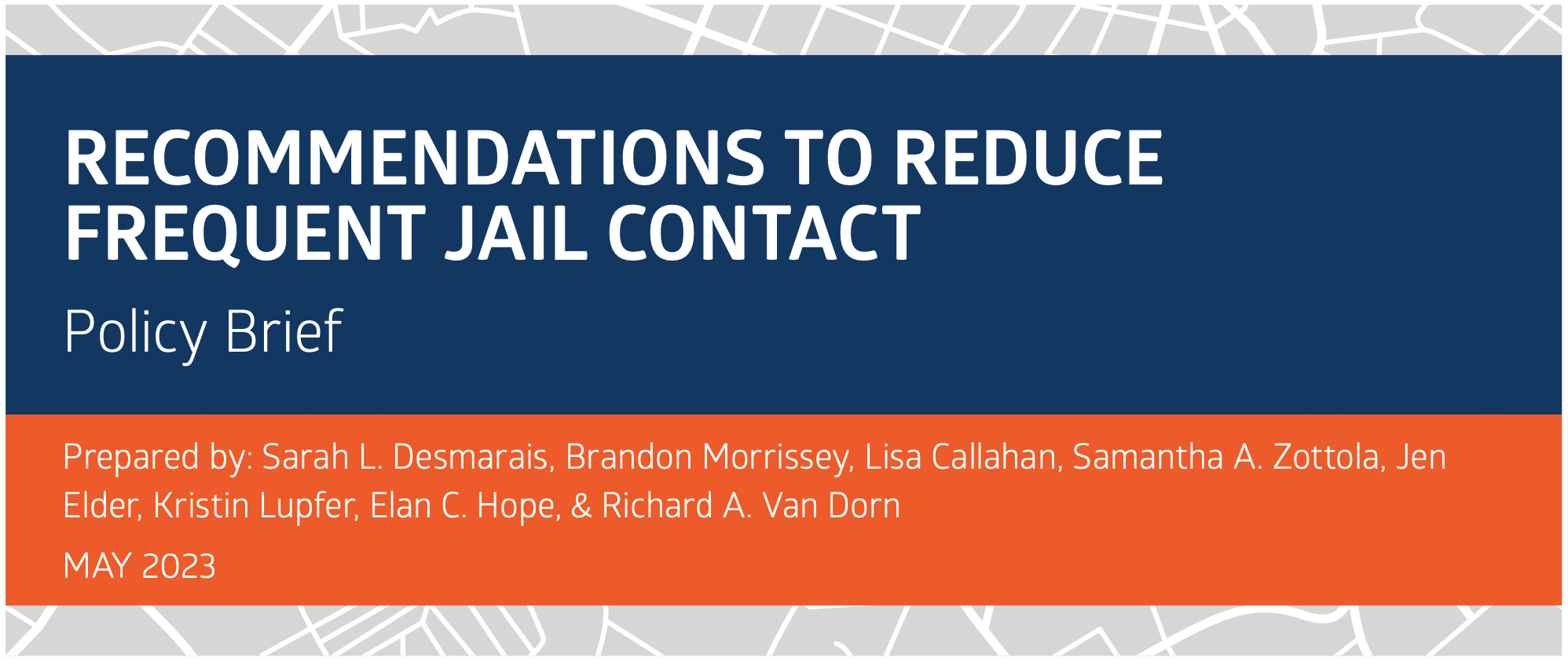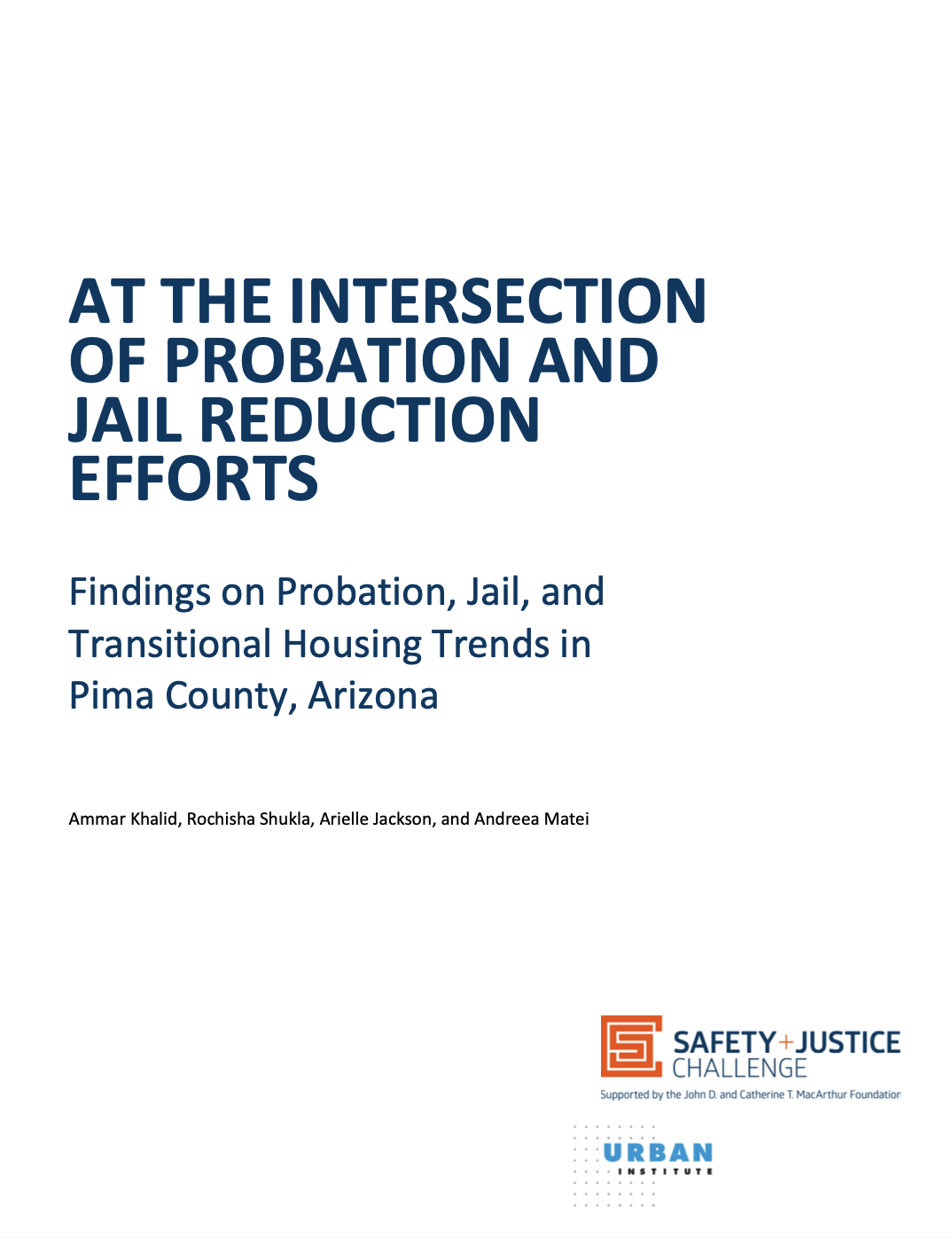Data Analysis Frequent Jail Users Jail Populations July 25, 2023
If they go to jail at all, most people in America only do so once. But in communities across the country, there is often a small group of people who account for a large number of jail admissions. They also account for a large portion of total jail expenditures. A new two-year research project sought to better understand this population in three communities and makes policy recommendations from which others can learn. The John D. and Catherine T. MacArthur Foundation funded the study as part of their Safety and Justice Challenge, which seeks to reduce jail populations.
How Did the Researchers Work and What Did They Find?
The study incorporated quantitative and qualitative methods. Researchers drilled into at least eight years’-worth of data from each of three communities to identify and describe the population of people with frequent jail contact. They also conducted interviews with 27 practitioners across a range of service sectors and 23 people with lived experience. Finally, they used both the quantitative and qualitative data to examine the strategies used by each community participating in the study to reduce jail contact.
The research found people with frequent bookings accounted for about one-half of all the bookings that occurred during the study period. Across communities participating in the study, people with frequent jail contact account for a majority of bookings, but account for a minority of the people booked. People of color and people with behavioral health needs are overrepresented. The study’s findings also emphasize complex interrelationships between race and ethnicity, gender, and behavioral health needs. They point to potential disconnects between the perceived and actual characteristics of people with frequent jail contact.
Different communities used different strategies to aid people with frequent jail contact but most did not have strategies intended for that exclusive purpose. Rather, they implemented strategies intended to aid everyone. All participating communities selected diversion strategies for people with behavioral health conditions as their primary intervention for the study’s focus. And the study found that behavioral health diversion strategies may improve outcomes for people with frequent jail contact. More broadly, the study findings underscore the importance of comprehensive community-based resources to support the success of behavioral health diversion programs. Findings also show the need for strategies that cross many systems and levels of policy and practice.
Policy Recommendations
Based upon the study findings, the researchers have nine policy recommendations:
- Create a Data Sharing Ecosystem
To meet the complex needs of people with frequent jail contact—especially individuals with behavioral health challenges—criminal legal and behavioral health systems need a common data sharing language and platform. Ideally, the common language and platform would extend to other systems as well, such as social and emergency services.
- Establish Formal, Jurisdiction-Specific Definitions
Jurisdictions should develop formal definitions or criteria to support the consistent operationalization and identification of people with frequent jail contact. These definitions should drive the development and implementation of related policies.
- Use Validated Behavioral Health Screening Tools
Consistent with the standards for health services in jails and prisons, universal screening using validated screening tools should take place during the intake process at each door into and away from the criminal legal system.
- Implement Psychiatric Advanced Directives
Psychiatric advance directives are intended to enable self-determined treatment, and effective and clear communication from a past and competent self, for individuals who are at risk of losing decisional capacity at some point in the future.
- Facilitate Jail In-Reach Programs
Trust and engagement are key to successful reentry for people with frequent jail contact. Jail in-reach programs allow practitioners to meet with people in the jail before release, assess their needs when back in the community, develop a plan to meet those needs, identify how community providers can assist, and provide coordinated support as people transition into the community.
- Increase Peer Support Programs
Peer support programs should be a key feature of policies designed to reduce frequent jail contact. While the focus is typically on lived experience with behavioral health systems, people with lived experience of the criminal legal system, specifically, share a common understanding of the challenges and resources necessary for successful reentry.
- Improve Access to Housing
Affordable housing is scarce in most communities. Providing safe, sustainable, and supportive housing for people involved in the criminal legal system with behavioral health conditions can be a challenge, but it is critical to reducing frequent jail contact.
- Increase Utilization of Community-Based Services
When possible, people should be given the necessary supports in navigating the continuum of care. In addition to warm handoffs from one service provider or program to another, other examples include a shared video chat with a new provider or engaging peer support services during transitions.
- Center and Evaluate Efforts for Racial Equity
Evaluations suggest that efforts to reduce frequent jail contact have had limited success in improving racial equity in this population, likely due to multiple, intersecting factors. Communities should work to mitigate systemic racism through the operations of their criminal legal and behavioral health services for people with frequent jail contact and examine the success of these efforts through formal evaluations.










